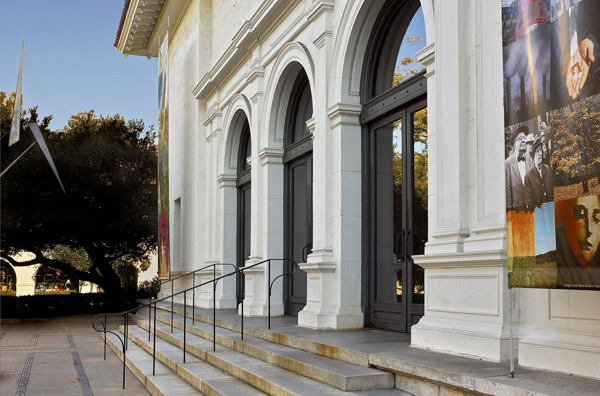Votive figurine of a warrior
Votive figurine of a warrior
Datesecond half of 5th century BCE
Mediumbronze
Dimensionsobject: 9 x 3 1/2 x 3 1/4 in. (22.9 x 8.9 x 8.3 cm)
base: 7 1/4 x 2 1/4 x 2 3/4 in. (18.4 x 5.7 x 7 cm)
ClassificationSCULPTURE
Credit LineSBMA, Gift of Wright S. Ludington
Object number1981.64.24
Subject(s)
- figure
- men
Collection
- Antiquity
Sub-Collection(s)
- Mediterranean
On View
Not on viewCollections
Label TextEtruscan bronze figurines first appear in the seventh century BCE, probably in response to imported Greek and Near Eastern bronze work. Most Etruscan figurines, like their Greek models, were produced as votives, objects that were dedicated in religious sanctuaries as gifts to the god. The striding warrior seen here was a common subject, and possibly intended for the Etruscan god of war, Maris, or perhaps even representing him. The figure wears a high-crested Attic helmet, and originally carried a round hoplite shield on his left arm and wielded a spear with his right. The elongation of the body is typical of the style that became popular in the area of Perugia in central Italy in the late fifth century BCE.


















